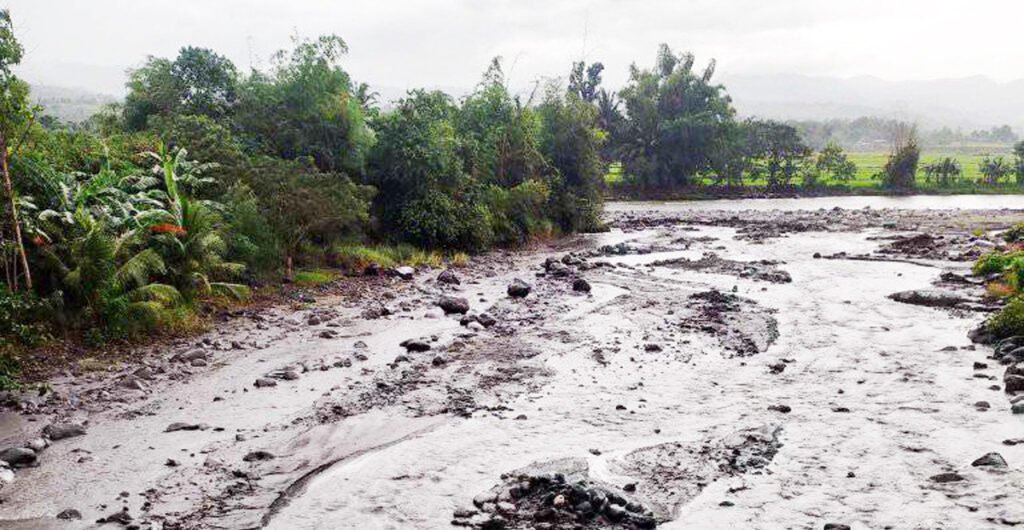• GILBERT P. BAYORAN
Following a minor explosive eruption at the summit of Mt. Kanlaon on Thursday, the Philippine Institute of Volcanology and Seismology (Phivolcs) on Friday (Jan. 7) warned of more possible eruptions.
The minor eruption, which lasted two minutes, generated a poorly visible plume that rose 600 meters above the vent before drifting southwest, scattering thin ashfall over Sto. Mercedes and San Luis, Barangay Sag-ang, La Castellana in Negros Occidental.
Mari-Andylene Quintia, resident volcanologist at the Mt. Kanlaon Observatory, said the eruption last Dec. 9 was stronger compared to the Feb. 6 episode.

Quintia said they established a significant drop in sulfur dioxide emission for the past several days, from a low of 1,000 to 2,000 tons per day and plugging of the volcanic conduit, resulting gas pressure build up at the bottom, which had caused the eruption.
Alert Level 3 remains hoisted over the volcano.
Phivolcs also noted that the upper to middle slopes of the volcano edifice have been undergoing inflation or swelling since Jan. 10.
Quintia said that residents of Barangay Yubo in La Carlota City and Barangay Sag-ang in La Castellana heard an explosion, which was not visibly observed due to clouds covering the volcano.
She raised the possibility that the eruption generated lahar flow since it was raining on Thursday.
Muddy stream flow was reported at Buhangin River in La Castellana, heading towards Moises Padilla and flowing into the Binalbagan River.
On the possibility of raising Alert Level 4, Quintia said if there is an “abrupt change”, based on their monitoring parameters, which include the ground deformation, seismicity and gas emission, “we expect a major eruption.”
But as of now, the ground deformation at the volcano is a little bit slow, she added.
In an advisory dated Feb. 7, Phivolcs logged 35 volcanic earthquakes and emission of 2,249 tons of sulfur dioxide.
Meanwhile, Governor Eugenio Jose Lacson said on Friday that the minor explosive eruption on Thursday may lead to a series of minor explosions, leading to more explosive eruptions.
Residents within the six-kilometer extended danger zone are now staying at the evacuation centers.
“We will never be ready enough, especially for the scenario. Best effort lang, knowing that the national government is behind us,” the governor said.
The provincial government is now utilizing its remaining 2024 disaster relief funds to feed the evacuees through its community kitchens established in various evacuation centers. | GB




